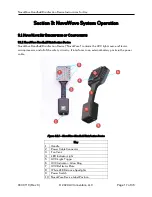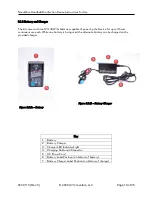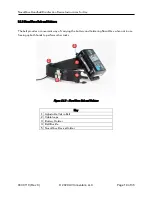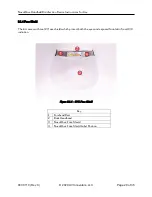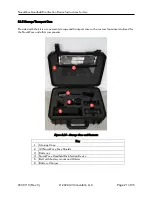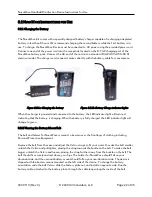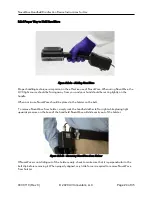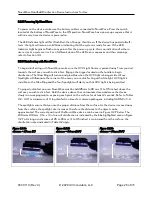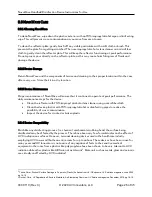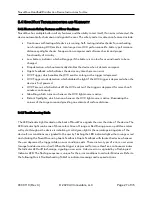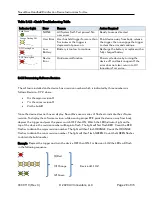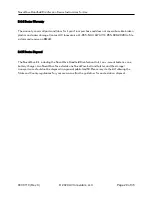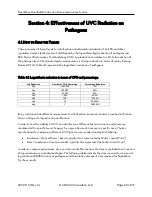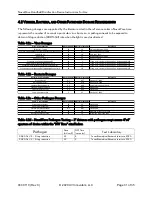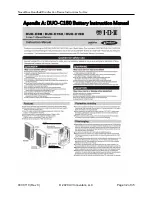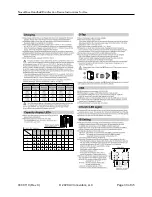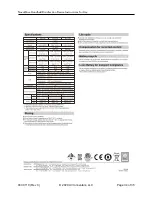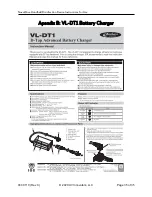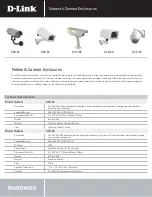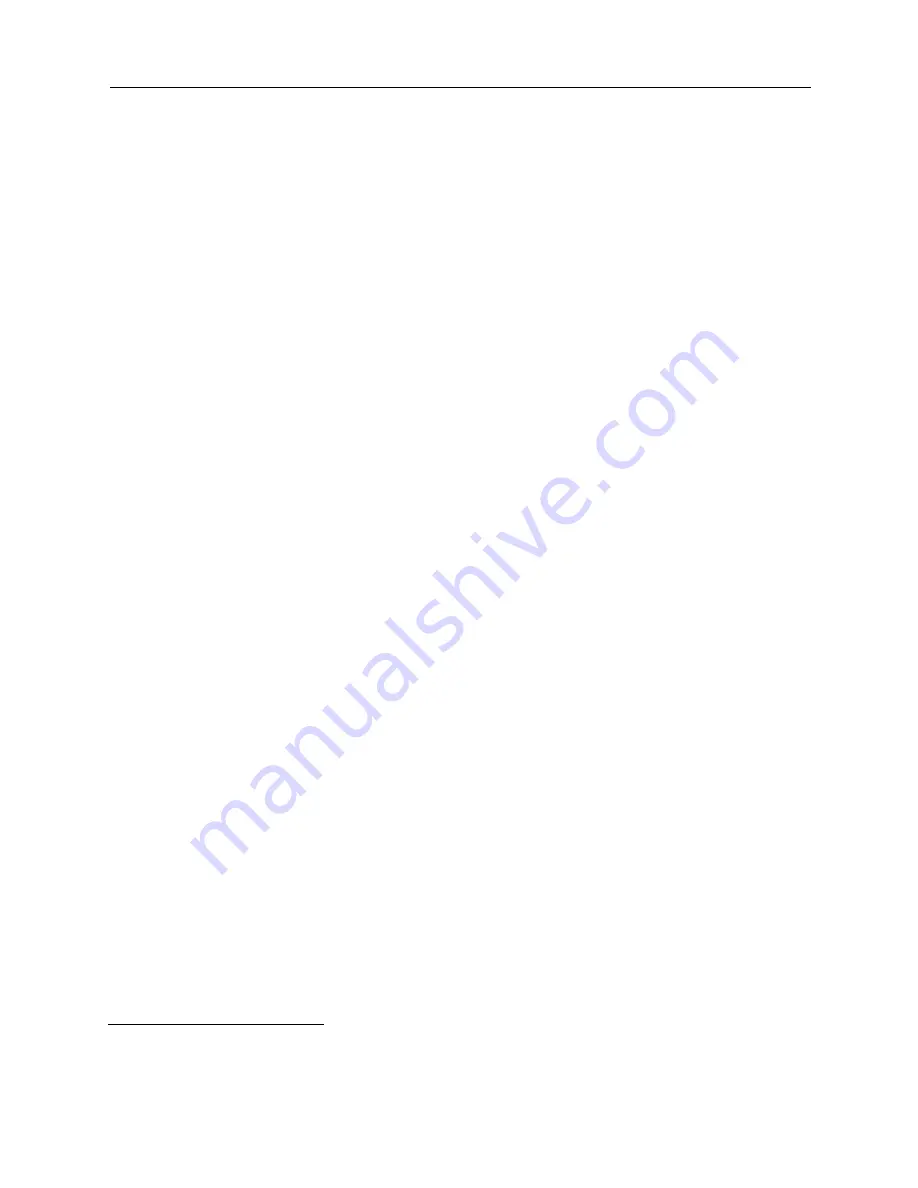
NuvaWave Handheld Disinfection Device Instructions for Use
037-0110 (Rev C)
© 2020 UV Innovators, LLC
Page 26 of 35
3.3
N
UVA
W
AVE
C
ARE
3.3.1
Cleaning NuvaWave
To clean NuvaWave, wipe down the plastics exterior with an 70% isopropyl alcohol wipe or disinfecting
wipe. This will prevent cross-contamination as you move from area to area.
To clean the reflector plate, gently brush off any visible particulates with a soft cloth or brush. This
prevents the plate from getting scratched. Then use isopropyl alcohol or lens cleaner on a microfiber
cloth to gently clean the reflector plate. This will keep the reflector functioning at peak performance.
Do not spray or pour directly on the reflector plate, as this may cause harmful ingress of fluids and
damage the device.
3.3.2
Device Storage
Return NuvaWave and the components after use and cleaning to their proper location within the case
after every use. Store the kit in a dry location.
3.3.3 Device Maintenance
Proper maintenance of NuvaWave will ensure that it continues to operate at peak performance. The
daily maintenance steps for the device:
•
Clean the reflector with 70% isopropyl alcohol or lens cleaner using a microfiber cloth
•
Clean the device plastics with 70% isopropyl alcohol or disinfecting wipes to reduce the
possibility of cross contamination
•
Inspect the device for cracked or broken plastic
3.3.4 Device Compatibility
Much like any disinfecting process, (i.e. chemical, mechanical scrubbing, heat) the surface being
disinfected may be affected by the process. There have been very few formal studies on the effect of
UVC radiation on surfaces. However, terminal cleaning devices used in the healthcare industry
employing UVC towers will bathe an entire room for up to an hour. These devices have been in use for
many years and UV Innovators is not aware of any negative effects to the sensitive medical
equipment in the room. Some plastics like polypropylene have been shown to be very tolerant to UVC
radiation while other plastics like ABS are not as tolerant
5
. Materials such as metals, glass and ceramic
are virtually unaffected by UVC radiation
6
.
5
Teska, Peter, Risks of Surface Damage to Polymeric (Plastic) Surfaces from UV-C Exposure, UV Solutions magazine, June 2020,
pg 14-16.
6
Rocket, Chris, UV Degradation Effects in Materials- An Elementary Overview, UV Solutions magazine, December 2019, pg 14-16.






